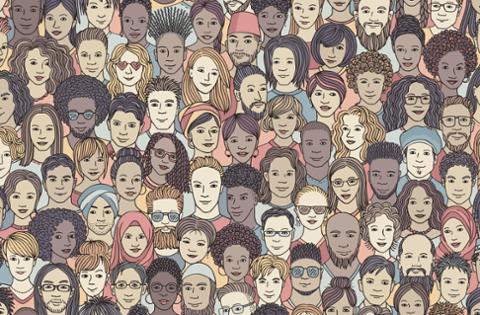
Women are making serious strides in software engineering, a profession historically associated with men. They are taking on leadership positions and paving the way for more women to adopt engineering roles. They’re able to affect change and influence the future direction of the business. Crucially, they are treated as leaders in their own right and not just as female leaders or engineers.
It’s an important distinction to make. Leaders need to be seen for who they are, what they can offer and how they manage others—no individual should be judged on their gender, they should be treated as an equal whatever the circumstances.
A Level Playing Field
This is why it’s important to create a working environment where everyone feels valued. A culture that promotes diversity and inclusion, where women don’t feel marginalized. Software engineering is a highly skilled and complex discipline, which is led by debate and an open dialogue. Sometimes those discussions can be obscured by the loudest and most strident voices. A meeting can be a daunting place for a woman trying to make an impression. If a woman felt at more of a disadvantage because of her gender, then that could prevent her from making a very useful contribution. Women aren’t looking for special treatment, they want to be seen as equals.
Balance is important not just for equity, but also for innovation. Not just gender balance, but a balance of diversity, opinions and ideas. In a fast-moving space like enterprise software, major projects need to be delivered and deadlines need to be met. Innovation doesn’t happen in isolation; it happens because people are able to collaborate and draw on collective knowledge and resources. This is reflected by open source principles, which actively encourage people to make connections, work together and foster a collective spirit.
Change can be enforced through specific organizational policies or it can be achieved organically by empowering teams and individuals to create their own processes and structures. Mentorships between men and women can also provide a middle ground to broach issues regarding gender and diversity, either directly or indirectly.
The Value of Mentorships
For women who are building a career in software engineering, a good mentor is invaluable. However, when selecting a mentor that will support you and help you achieve specific goals, the gender should be irrelevant. It’s the quality of advice, experience and the level of understanding that counts.
Having a peer, and a genuine role model, as a mentor is hugely impactful. In my own experience, working closely with someone who knows the ropes and how to navigate the wider organization is crucial to helping me make connections and forge new relationships. While providing me with new perspectives and offering sage advice, my mentor also gave me the space to develop and flourish, simply by listening and letting me draw my own conclusions.
Listening to the women in your team and empowering them to share ideas might sound obvious, but it’s something that hasn’t always been the default in this industry, due to both unconscious bias and our tendency to defer to the people with the loudest voices, who—certainly in the field of software engineering—have historically been men.
The Male, Female Dynamic
Mentoring is a two-way street, and you take from it what you put in. Mentors and mentees throughout the organization need to be prepared to invest a lot of time in each other. Men and women should be encouraged to mentor each other, rather than following the convention of pairing women with women, and men with men. This creates a petri dish for integration, helping to remove unconscious bias, cultural barriers, reduce inequities and promote better understanding.
There are plenty of good examples of men coaching women and women coaching men. One specific case really illustrates the value of giving a person the room to mature and grow so that eventually they’re in a position to pass on the positive experience they have gained. A female colleague I’d worked with and mentored since she was an intern, straight out of university, had reached a stage many years later where she wanted to take on a new challenge. She began mentoring a male colleague with just as many years’ experience. He lacked confidence and wasn’t always forthright with his views. She drew him out of his shell and gave him the courage to believe in himself.
Five or ten years ago, those roles would’ve been completely reversed. Women in engineering have come a long way since then. Mentorships have played their part and helped bring men and women together to offer different perspectives. However, they are part of a broader initiative that includes accelerator programs, designed to elevate women to leadership positions, and schemes that ensure greater diversity of thought, gender, background and ethnicity across the organization.
Ada Lovelace, who is recognized as the world’s first programmer, lived at a time when gender equality was almost inconceivable. Despite this, she made an impact that has lasted to this day, and her legacy will continue to inspire women to pursue a career in technology. There’s still progress to be made, but the industry is moving in the right direction. By providing the space and opportunity for women to succeed, organizations will attract a more diverse set of talent.
Tracy Rankin is vice president of OpenShift Engineering at Red Hat.


